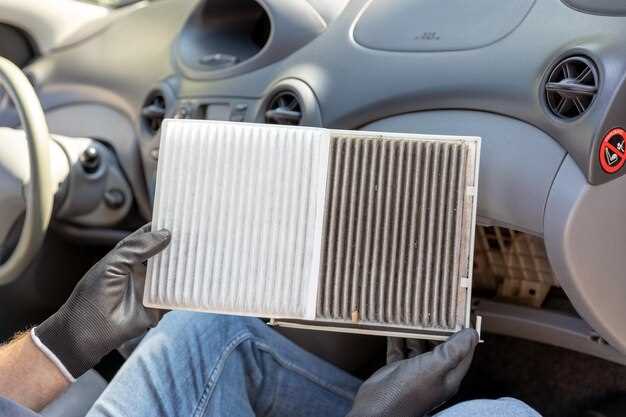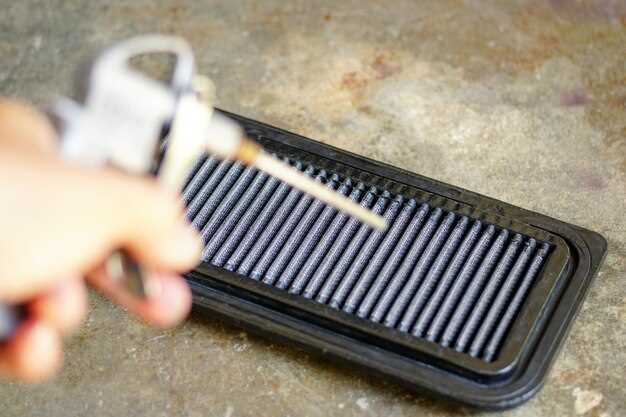
Maintaining your vehicle’s cooling system is essential for its overall performance and longevity. One of the key components of this system is the radiator, which plays a crucial role in regulating engine temperature. Over time, the coolant in the radiator can become contaminated with rust, debris, and other harmful substances, leading to reduced effectiveness and even potential engine damage. Therefore, it’s vital to know how to properly flush and replace radiator coolant to ensure optimal functioning.
Flushing the radiator involves removing the old coolant and any accumulated contaminants, followed by refilling it with new coolant. This process not only helps to maintain efficient heat transfer within the engine but also prevents corrosion and buildup within the cooling system. Understanding when and how to perform this maintenance task can save you both time and money in the long run.
In this guide, we will walk you through the step-by-step process of flushing and replacing radiator coolant. You will also learn about the necessary tools, the best types of coolant to use, and tips to help you complete the job safely and effectively. With the right knowledge, you can keep your vehicle running smoothly and avoid costly repairs.
Identifying the Right Coolant for Your Vehicle
Choosing the appropriate coolant for your vehicle is crucial for maintaining optimal cooling system performance and preventing engine damage. The first step is to consult your vehicle’s owner’s manual, which provides specific recommendations for the type of coolant suitable for your radiator. Different vehicles may require different coolant formulations, often classified by their chemical properties and color.
There are two main types of coolant: ethylene glycol and propylene glycol. Ethylene glycol is the most commonly used due to its effective heat transfer capabilities, while propylene glycol is less toxic and considered safer for the environment. However, both types serve similar purposes, so it’s essential to choose one that meets your vehicle’s specifications.
Coolant is also categorized by its chemistry: traditional green coolant, and extended-life coolants which can be orange, pink, or blue. The traditional green coolant is based on inorganic additive technology (IAT), while extended-life options utilize organic additive technology (OAT) or hybrid formulations (H-OAT). These modern coolants often have longer service intervals but can be incompatible with older formulations.
Pay attention to potential compatibility issues when adding coolant to your radiator. Mixing different types can lead to sludge formation and reduce the efficiency of your cooling system. Always ensure compatibility by checking the color and specifications before adding new coolant.
Consider climate conditions: If you live in an area with extreme temperatures, selecting a coolant with appropriate antifreeze properties is essential. Most coolants are designed to protect against freezing and boiling, but some provide better performance than others in specific conditions.
In summary, carefully identify the right coolant based on your vehicle’s specifications, consider the type and formulation, and always adhere to compatibility guidelines to ensure your radiator operates at peak efficiency.
Step-by-Step Guide to Flushing Old Coolant

Flushing old coolant is a vital maintenance task that helps ensure your vehicle’s cooling system functions efficiently. Follow these steps for a proper coolant flush:
Step 1: Gather Your Supplies
You will need a radiator flush solution, a bucket, a funnel, a hose, protective gloves, and a new coolant. Make sure to have a replacement radiator cap if necessary.
Step 2: Prepare the Vehicle
Start by parking your vehicle on a level surface and turning off the engine. Allow it to cool completely to prevent burns. Open the hood and locate the radiator and overflow tank.
Step 3: Drain the Old Coolant
Locate the radiator drain valve at the bottom of the radiator. Place a bucket underneath and open the drain valve to allow the old coolant to flow out. If your vehicle doesn’t have a drain valve, remove the lower radiator hose instead.
Step 4: Flush the System
Once the old coolant has completely drained, close the drain valve or reattach the lower hose. Pour the radiator flush solution mixed with water into the radiator using a funnel. Start the engine and let it run for about 10-15 minutes, allowing the flush solution to circulate.
Step 5: Drain the Flush Solution
After the engine has run with the flush solution, turn it off and allow it to cool again. Drain the flush solution from the radiator using the same method as before. Ensure all liquid is removed from the system.
Step 6: Rinse the Radiator
After draining the flush solution, rinse the radiator out thoroughly with clean water through the filler neck. This will help remove any remaining debris or contaminants. Allow the water to drain completely.
Step 7: Add New Coolant
Once the system is clean and drained, it’s time to add new coolant. Refer to your vehicle’s manual for the correct type. Use a funnel to pour the new coolant into the radiator until it reaches the fill line.
Step 8: Bleed the Cooling System
To ensure there are no air pockets trapped in the system, bleed the cooling system according to your vehicle’s instructions. This often involves running the engine with the radiator cap off until the thermostat opens, allowing coolant to circulate.
Step 9: Check for Leaks and Proper Levels
After filling the radiator, check the connection points for any signs of leaks. Monitor the coolant level in the overflow tank and top off if necessary.
Step 10: Dispose of Old Coolant Properly
Always dispose of old coolant in accordance with local regulations. Many auto parts stores accept used coolant for recycling.
Safe Disposal of Old Coolant and Refilling Procedures

Proper disposal of old radiator coolant is crucial for environmental safety. Coolant contains hazardous substances that can contaminate water sources and harm wildlife. Do not dispose of old coolant by pouring it down the drain or throwing it in the trash. Instead, take it to a local recycling center or a hazardous waste facility that accepts motor fluids. Many automotive stores also offer recycling services for used coolant.
Before you refill the radiator with new coolant, ensure that the old fluid has been completely drained. This involves opening the radiator drain valve and allowing the used coolant to flow out into a clean container. Make sure to wear gloves and safety goggles to protect yourself from splashes. Once the old coolant is removed, flush the radiator with water to remove any remaining residue. You can do this by filling the radiator with fresh water, running the engine until it reaches operating temperature, and then draining the water again.
After flushing, it’s time to refill the radiator. Use a high-quality coolant suitable for your vehicle’s make and model. Check the owner’s manual for the recommended mixture ratio of coolant to water, as this can vary. Carefully pour the new coolant into the radiator, filling it to the appropriate level. Start the engine and allow it to run for a few minutes while keeping an eye on coolant levels. After the engine has warmed up, check for any leaks and ensure the system is operating correctly.
